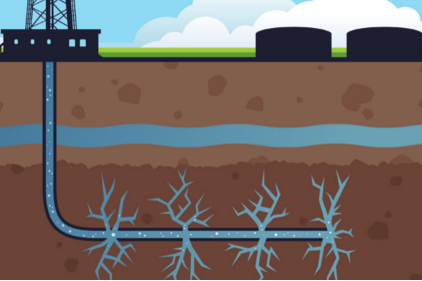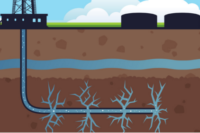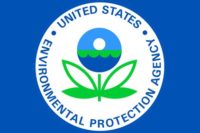EPA to take comments on fracking chemicals transparency

 One of the major controversies involving hydraulic fracturing – or, “fracking” – will be the subject of an EPA inquiry that could lead to new regulations on the industry.
One of the major controversies involving hydraulic fracturing – or, “fracking” – will be the subject of an EPA inquiry that could lead to new regulations on the industry.
Fracking is a mining technique used to mine natural gas in which water, chemicals and sand are injected injected at high pressure into a wellbore.
The pro and con
The agency is seeking public comment on enhancing transparency for chemicals and mixtures used in in the process – long a bone of contention between environmentalists and public health experts, who want to know what chemicals are potentially affecting human and environmental health and gas extraction companies, who balk at disclosing what they say is proprietary information.
Scientists are worried that the chemicals used in fracking may pose a threat either underground or when waste fluids are handled and sometimes spilled on the surface.
The issue isn’t going away: according to the website www.energyfromshale.com, up to 80 percent of natural gas wells drilled in the next decade will require hydraulic fracturing to properly complete well setup.
Non-regulatory approaches being considered as well
The EPA is seeking public comment on what information could be reported and disclosed for hydraulic fracturing chemicals and mixtures and the approaches for obtaining this information, including non-regulatory approaches. EPA is also soliciting input on incentives and recognition programs that could support the development and use of safer chemicals in hydraulic fracturing. A public process through an Advance Notice of Proposed Rulemaking (ANPR) will help inform EPA’s efforts to promote the transparency and safety ofunconventional oil and gas activities while strengthening protection of our air, water, land and communities.
“EPA looks forward to hearing from the public and stakeholders about public disclosure of chemicals used during hydraulic fracturing, and we will continue working with our federal, state, local, and tribal partners to ensure that we complement but not duplicate existing reporting requirements,” said James Jones, EPA’s assistant administrator for the Office of Chemical Safety and Pollution Prevention.
EPA’s ANPR includes a list of questions for stakeholders and the public to consider as they develop their comments. Following the 90-day comment period, the agency will evaluate the submitted comments as it considers appropriate next steps. Advance Notice of Proposed Rulemakings are intended to engage the public and solicit comments and/or information from the public for EPA’s consideration in addressing a particular issue, including information that EPA could consider in developing non-regulatory approaches or a proposed rule .
Read EPA’s ANPR: http://www.epa.gov/oppt/chemtest/pubs/prepub_hf_anpr_14t-0069_2014-05-09.pdf
Looking for a reprint of this article?
From high-res PDFs to custom plaques, order your copy today!





